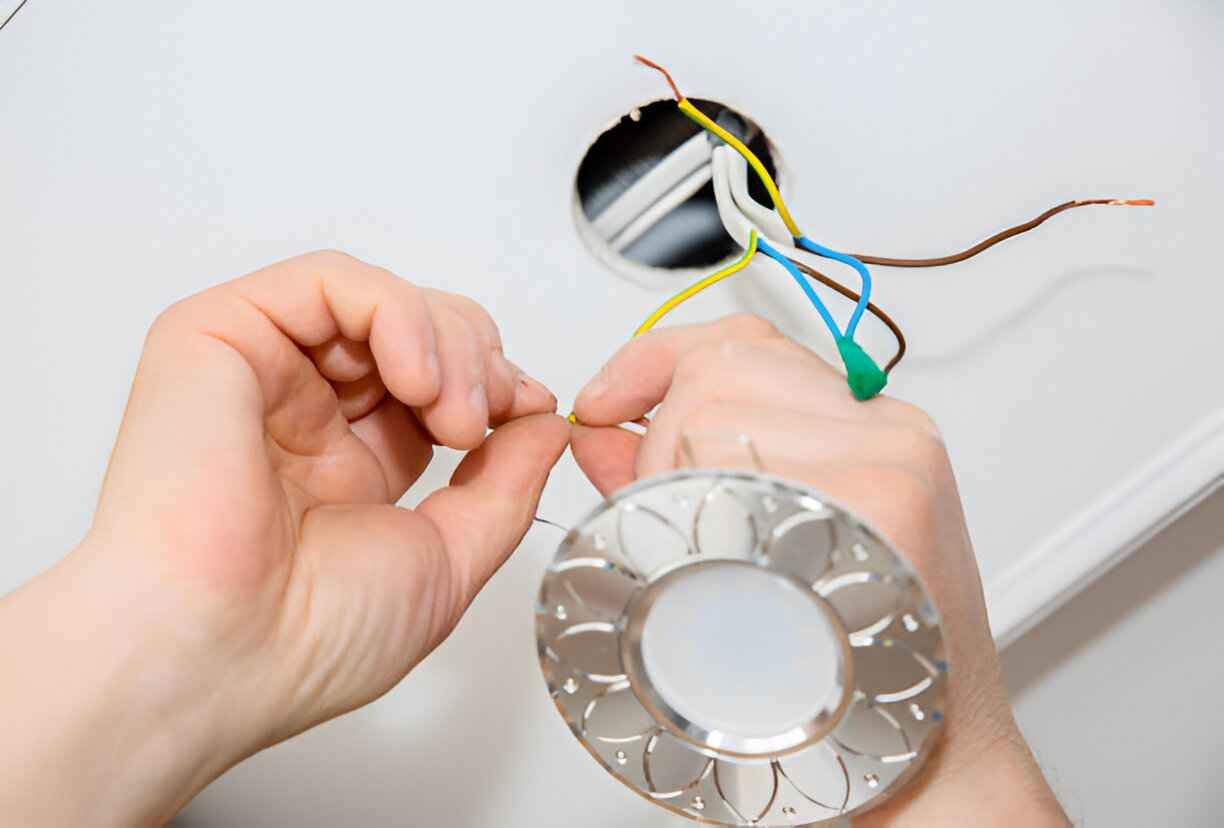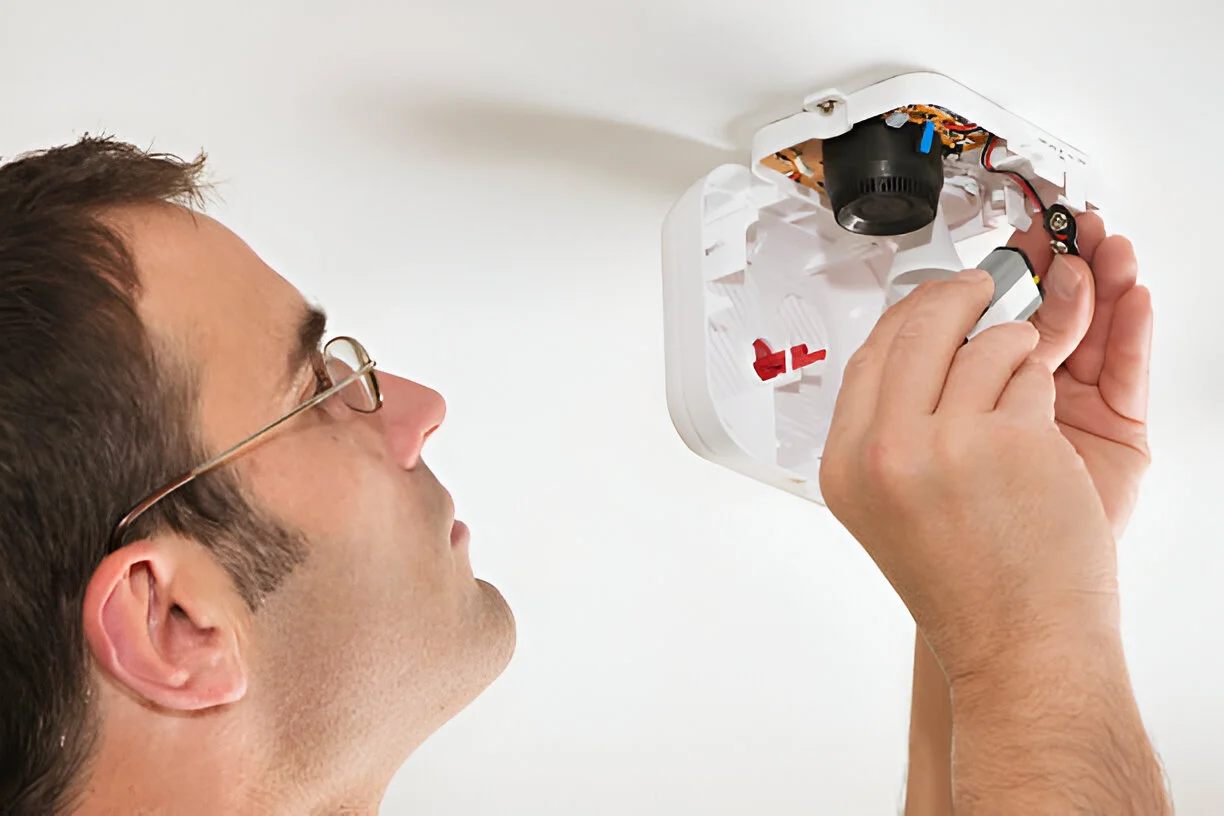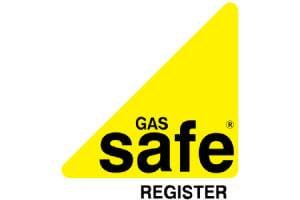
Fire Alarm LD3 serves as a critical standard for enhancing fire safety in UK homes. This system is specifically tailored for residential properties with lower risk profiles, focusing on smoke and heat detection in key areas. Understanding its functionality and benefits can greatly impact safety measures for homeowners. As the discussion unfolds, various aspects of the LD3 standard will reveal its importance in safeguarding families and properties alike.
Key Takeaways
- Fire Alarm LD3 systems are designed for residential properties, focusing on essential smoke and heat detection in living areas and bedrooms.
- These alarms utilise interconnected units to ensure all alarms sound collectively, enhancing safety during fire emergencies.
- Installation requires specific positioning and compliance with UK fire safety standards, including regular maintenance and testing protocols.
- LD3 systems empower homeowners by providing a balance of safety, autonomy, and potential reductions in insurance premiums.
- Ideal for lower-risk homes, fire alarm LD3 systems are particularly beneficial for families with children, elderly residents, and pet owners seeking proactive fire safety measures.
What Does Fire Alarm LD3 Mean?
Fire Alarm LD3 refers to a specific category of fire alarm systems designed for residential properties in the UK. This designation indicates a level of fire safety compliance that prioritises both protection and autonomy for homeowners.
The LD3 category is characterised by its ability to provide essential coverage in living areas, ensuring that residents are alerted promptly in the event of a fire. By adhering to this standard, homeowners can enjoy peace of mind, knowing they have taken proactive measures to safeguard their living spaces.
The fire alarm LD3 systems are primarily intended for homes with a lower risk profile, focusing on essential detection rather than extensive coverage. This approach allows residents to maintain a sense of freedom within their homes while ensuring safety is not compromised.
Ultimately, Fire Alarm LD3 systems exemplify a balanced commitment to security, allowing individuals to live freely without the constant worry of fire hazards.
How LD3 Fire Alarm Systems Work in Homes
LD3 fire alarm systems operate based on a combination of smoke and heat detection technologies tailored for residential environments.
These systems prioritise the safety of inhabitants by integrating features that respond swiftly to potential fire threats. Their operation is characterised by the following key elements:
- Dual Detection: Sensors monitor both smoke and heat, providing a thorough approach to fire detection.
- Audible Alarms: Upon detection, loud alarms alert residents, guaranteeing timely evacuation.
- Control Panels: Centralised control units manage the system, allowing for easy monitoring and maintenance.
- Interconnected Units: In larger homes, interconnected alarms guarantee that if one unit detects danger, all alarms sound, enhancing safety awareness throughout the residence.
LD3 vs Other Fire Alarm Categories: What’s the Difference?
While various fire alarm categories serve to enhance safety in homes, the fire alarm LD3 system distinguishes itself through its dual detection capabilities and interconnected features. Unlike traditional systems, which may rely solely on smoke detection, the LD3 incorporates heat detection as well, providing a broader safety net. This dual approach guarantees quicker response times to a range of fire scenarios, enhancing occupants’ peace of mind.
In contrast, LD1 and LD2 categories are primarily focused on either high-risk or specific areas of a home, often lacking the extensive coverage offered by LD3. While LD1 systems are designed for the highest risk areas, and LD2 focuses on escape routes, the LD3 system’s interconnected alarms allow for a more cohesive safety strategy throughout the home.
Ultimately, the LD3 category offers a balance of flexibility and efficiency, empowering homeowners to prioritise safety without compromising their living space.

Who Needs an LD3 Fire Alarm System?
Who can benefit from a fire alarm LD3 system in their home?
The LD3 fire alarm system is particularly advantageous for a variety of households seeking enhanced safety measures.
Those who may find this system beneficial include:
- Families with Children: Ensuring the safety of young ones is paramount, and an LD3 system provides added layers of protection.
- Elderly Residents: Homes with older occupants can greatly benefit from the early warning capabilities of an LD3 setup.
- Multi-story Residences: Properties with multiple levels require effective fire detection across all floors, which the LD3 system is designed to provide.
- Pet Owners: Individuals who have pets may find peace of mind knowing that their furry companions are protected in case of an emergency.
Key Benefits of Choosing an LD3 Fire Alarm Setup
Choosing an LD3 fire alarm setup offers several significant advantages that enhance safety and peace of mind for homeowners. This system guarantees thorough coverage, protecting sleeping areas and common spaces, thereby reducing the risk of undetected fires. Additionally, LD3 systems are designed to meet regulatory standards, guaranteeing compliance and safeguarding individual freedom from legal repercussions.
The following table highlights key benefits:
| Benefit | Description | Impact on Homeowner |
|---|---|---|
| Enhanced Safety | Covers critical areas of the home | Reduces risk of fire-related incidents |
| Compliance | Adheres to UK fire safety regulations | Provides peace of mind and legal security |
| Easy Maintenance | Simplified upkeep and testing | Less time and effort spent on safety |
Installation Requirements for Fire Alarm LD3 Compliance
An LD3 fire alarm setup not only enhances safety but also requires specific installation standards to confirm compliance with UK regulations.
Adhering to these installation requirements guarantees that the fire alarm system functions effectively and provides the necessary protection for occupants.
- Positioning: Install alarms in circulation spaces, such as hallways, to maximise detection capabilities.
- Height: Mount alarms at a height of 2.4 to 3 meters to optimise smoke detection.
- Spacing: Maintain a distance of no more than 7.5 meters between alarms to ensure extensive coverage.
- Power Supply: Confirm a reliable power source, using battery backup systems where necessary to maintain functionality during power outages.
Maintenance and Testing of Fire Alarm LD3
Regular maintenance and testing of LD3 fire alarms is essential to confirm their reliability and effectiveness in safeguarding lives. Homeowners must conduct regular checks to verify that the alarms are operational and prepared for emergencies. This includes weekly tests of alarm functionality and at least an annual professional inspection.
To emphasise the importance of maintenance frequency, the following table illustrates recommended actions:
| Action | Frequency |
|---|---|
| Test Alarm Function | Weekly |
| Replace Batteries | Every 6 Months |
| Professional Inspection | Annually |
| Clean Alarm Units | Every 6 Months |
These straightforward practices empower individuals to guarantee their safety and that of their loved ones. Adhering to these guidelines not only adheres to LD3 standards but also fosters a sense of security within the home.
Fire Alarm LD3 in Line With UK Fire Safety Standards
While guaranteeing compliance with UK fire safety standards, the LD3 fire alarm system plays an essential role in protecting residential properties. This system is designed to enhance safety measures, providing peace of mind for homeowners.
The LD3 standard outlines specific requirements that must be met, focusing on effective fire detection in communal areas and escape routes.
Key components of the LD3 fire alarm system include:
- Detection Coverage: Installation in hallways and areas leading to escape routes.
- Interconnectivity: Integration with other alarms for thorough alerts.
- Maintenance Protocols: Regular checks to guarantee functionality and reliability.
- User Accessibility: Clear instructions for residents to understand alarm functions.
Cost of Installing a Fire Alarm LD3 System
The cost of installing a Fire Alarm LD3 system in a UK home can vary considerably based on several factors, including the size of the property and the complexity of the installation.
Homeowners may expect to pay anywhere from £400 to £1,500 for a professionally installed system. Smaller properties typically incur lower costs, while larger homes may require additional devices and a more intricate setup.
The choice of equipment, such as the type of detectors and control panels, further influences the overall expense.
While DIY installations can reduce costs, they require a thorough understanding of fire safety standards to guarantee compliance.
Homeowners need to reflect on long-term benefits, including enhanced safety and potential reductions in insurance premiums.
Investing in a reliable Fire Alarm LD3 system ultimately provides peace of mind and freedom from the worry of inadequate fire protection.

Fire Alarm LD3 for Homeowners: What You Should Know
Understanding the Fire Alarm LD3 system is essential for homeowners seeking to enhance their property’s fire safety. This standard emphasises the importance of smoke detection in common areas and bedrooms, providing a framework that empowers homeowners to take control of their safety.
Key considerations include:
- Location of Detectors: Install smoke alarms in every bedroom and on each landing to maximise safety.
- Type of Detectors: Opt for interlinked alarms, guaranteeing that when one sounds, all alarms activate, providing thorough coverage.
- Maintenance: Regularly test alarms and replace batteries annually, maintaining peak functionality.
- Compliance: Familiarise oneself with local regulations to ascertain that the installed system meets all legal requirements.
Frequently asked questions.
Conclusion
In summary, the Fire Alarm LD3 system serves as an essential component in enhancing fire safety for UK homes, particularly those with lower risk profiles. By providing interconnected smoke and heat detection, it guarantees prompt alerts for timely evacuations. Homeowners benefit from its extensive coverage, adherence to safety standards, and regular maintenance. Ultimately, choosing an LD3 fire alarm setup not only safeguards families and properties but also offers peace of mind in everyday living.







